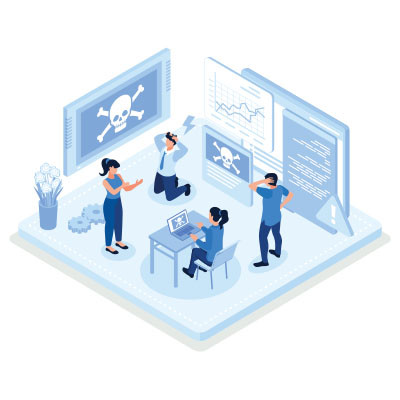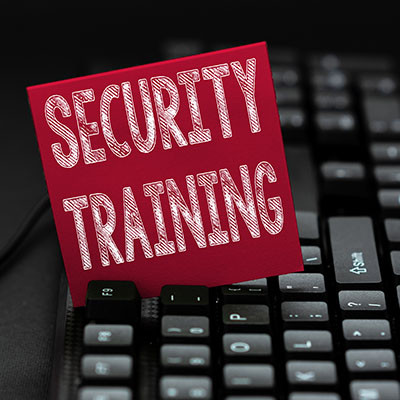Artificial intelligence is everywhere, and it is making data more valuable than ever. This is because AI platforms rely heavily on data to function effectively. Many platforms and services collect data from their users to fuel these algorithms. LinkedIn has recently been found to do this—by default—without properly informing its users or updating its terms of service.
Security awareness training is a critical process for modern businesses to undergo to have any chance of success. Unfortunately, as much as security software or policy can help, it can only do so much. You also need your team members to be on board, knowledgeable about what they need to do, and motivated to do it.
In light of this, let’s talk about security awareness training and what it needs to involve.
Technology plays a massive role for most organizations nowadays, and not everyone always grasps the importance of it. Most of the time, there is so much built into today’s enterprise software that it can often be overwhelming for workers to use it effectively. Today, we will give you three tips on how to help employees get a grasp of the technology their productivity depends on.
It can be challenging to deal with failure in any context, but in the case of your workplace projects and other efforts, it can be particularly harsh. This makes it all the more important to frame such failures as opportunities to grow in the future.
Let’s discuss six reasons an initiative may fail and the lessons that can be learned from these situations.
Unfortunately, cyberattacks will only continue in the weeks, months, and years to come, making it increasingly essential that businesses have access to cybersecurity expertise. Even more unfortunately, professionals with this level of expertise are becoming harder to find. Globally, we’re short almost four million people, and those we have are prone to make mistakes in their first few years. This comes from a report by Kaspersky, entitled “The Portrait of Modern Information Security Professional,” Let’s review what the cybersecurity developer found and what we can take away from these findings.
For the IT administrator and the small business owner, it can be a bewildering experience when your company comes under siege from employee-induced cyberthreats; especially if you, like many other companies, have started prioritizing security training. Even if the threat is thwarted early and the effect on the business is negligible, it is important that you trust the people who have access to your organization’s digital resources. Let’s look at some of the reasons some of your staff take cybersecurity initiatives worse than others.
Security is an incredibly important part of running a business, but it’s extremely easy for busy employees to fall short of the security expectations you might place on them. This is why it is so important to train your employees on the many facets of cybersecurity. By training them, you are preparing them to tackle the plethora of challenges they will encounter throughout the workday.
When you invest in a new technology solution, you might be wearing your rose-tinted glasses and expecting too much from the solution right out of the box. We all have expectations for what we want the solution to accomplish, but sometimes these expectations simply are not realistic. Let’s take a look at some common misconceptions people have about technology in the workplace, especially in regards to implementation.
While it’s hard to say anything positive about the COVID-19 pandemic, it has given many business owners the motivation to pick up a few more technical skills. Many have sought to improve their own grasp on the software, marketing, and telecommunications that their business relies on each day. As these business owners have done so, they have often turned to a very popular resource: YouTube.
A business without well-trained employees is one that is always on the precipice of disaster. With the threat landscape the way it is, you need your staff to know how to properly maneuver around company IT and you need to ensure they know how to protect themselves and the company in a digital environment. Today, we will take a look at some strategies to promote end-to-end security at your company.












